Firstly, you’ll notice that I am not Scott Nye. He has moved on to bigger and better things, so I hope I can bring half as much insight and fun to these lists as he did.
The ratings board for the Motion Picture Association of America is a fickle organization, full of contradictions. Yet it’s all-powerful in terms of deciding who gets to see what movies. On a somewhat regular basis, they give films R-ratings that make very little sense, and as a result, a whole swath of the population will be unable to see them without sneaking in. Most recently, the Roger Ebert documentary Life Itself was slapped with the rating for “brief sexual images/nudity and language.” Meanwhile, the mass violence in The Expendables 3 has earned it a PG-13. A film that could help young people appreciate and be inspired by Ebert, or cinema in general, has been given an R for one shot of breasts and a few F-words (Sneak in anyway, kids!). Here are 10 more of the MPAA’s most egregious decisions.
8) The Matrix (Andy & Lana Wachowski, 1999)
This action film is full of violence, with gun fights and car chases and slow-mo. But compared to the gory kind of action we typically get in R-rated films today, this largely bloodless, cartoony, non-graphic flick feels terribly mild. Think of all the fedora-sporting young fans that could have had their lives changed even sooner by this “deep and philosophical” thriller.
7) Philomena (Stephen Frears, 2013)
This movie is the dictionary definition of harmless. Yet the MPAA initially gave it an R rating for two uses of the F-word. Harvey Weinstein, the ever-creative power player, used Philomena star Judi Dench, in-character as James Bond’s boss M, to appeal for a PG-13. They won. This is just one of many cases where the MPAA seems to disregard the film’s themes and subject matter while being ridiculously strict with language. Any film with more than one F-word automatically receives an R, like when The King’s Speech had essentially one scene of swearing, putting them on the same level with highly violent and disturbing films.
6) The Spectacular Now (James Ponsoldt, 2013)
This one example acts as a representative of all R-rated films that show teens behaving realistically, but can’t easily be seen by teens. I suppose I can see the reasoning, coming from a position of not wanting to influence young people or romanticize such behavior, but that kind of thinking obviously negates the value of art and what it can accomplish. It shows the MPAA’s consistent stand with depiction being the same thing as glorification.
5) Once (John Carney, 2007)
One of the more notorious recent cases, Once suffered the same issue as Philomena, except it didn’t have Harvey Weinstein’s muscle behind it. With the small amount of foul language it had, it was given an R rating, one that stuck. For those that don’t know, Once is a sweet musical about two musicians who fall in love, but decide to not do anything about it — meaning there isn’t even any sex. But should teens be allowed to watch a warm musical about the difficulty of love if there’s some bad words in there? Apparently not.
4) Rushmore/The Royal Tenenbaums (Wes Anderson, 1998/2001)
I may just be an Anderson apologist, but I think what he does so skillfully is keep darkness brimming just underneath the surface in his films. Sure, you watch (gorgeous-looking) blood stream from a pair of wrists, or briefly see some centerfolds, but Rushmore and The Royal Tenenbaums have heart and, more importantly, imagination. By lumping these two films with an R, the MPAA restricts many young people from being exposed to their magic. (The rating for The Grand Budapest Hotel, also given an R, makes more sense, considering the violence)
3) Blue Valentine (Derek Cianfrance, 2010)
Another infamous case (although over a different rating), the MPAA kept up one of its favorite activities by punishing Blue Valentine for being realistic in its sex scenes between Dean (Ryan Gosling) and Cindy (Michelle Williams), especially one specific scene. These scenes are very emotionally grating and rather harrowing, showing us their troubled marriage and the different ways that trouble manifests, but the scenes are never all that graphic. And yet, the MPAA gave it an NC-17, their harshest rating, and not even Weinstein could bring it down to an R this time.
2) Before Sunrise/Boyhood (Richard Linklater, 1995/2014)
Before Sunrise, the film that began our greatest love story trilogy, was given an R for “strong language.” You know, some of that stuff in Romeo & Juliet was pretty nasty for its time period, but now we teach it to ninth graders. I haven’t yet seen Linklater’s most recent opus, Boyhood, but it has been given an R as well, for “language and teen drug and alcohol use.” So it’s more denial of reality, and more denial of beautiful stories for younger audiences to see.
1) Lost in Translation (Sofia Coppola, 2003)
Sofia Coppola’s best film, and one of the best from its decade, was rated R for nothing more than “some sexual content,” which undoubtedly refers to one short scene featuring toplessness. Here’s the thing: there are many, many teen-oriented movies with bare breasts that are rated PG-13. Is the suggestion here that this movie is too “adult,” so the nudity is “adult” as well? In Ontario, this movie received a PG rating. I don’t say this to paint my home province as a seedy wasteland of sex and debauchery, but to suggest that maybe we understand a little better what will be worthwhile for younger people to see: strong, intelligent films with something to say. And too often, the MPAA tries to mitigate those possibilities.


















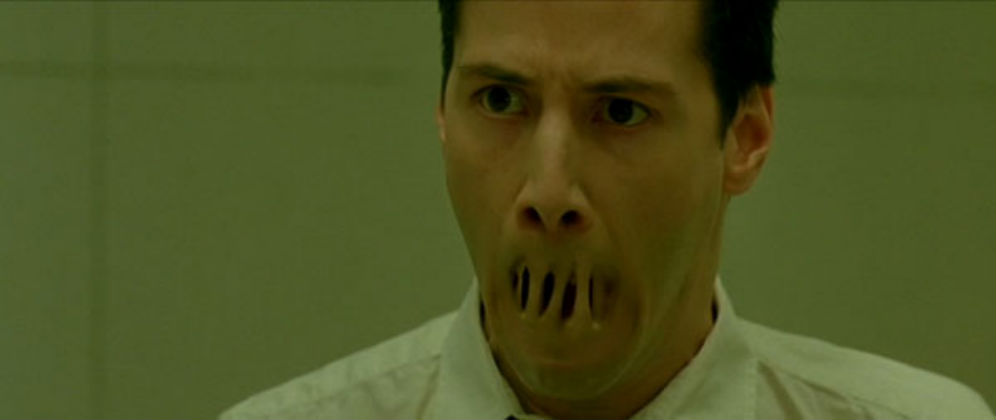
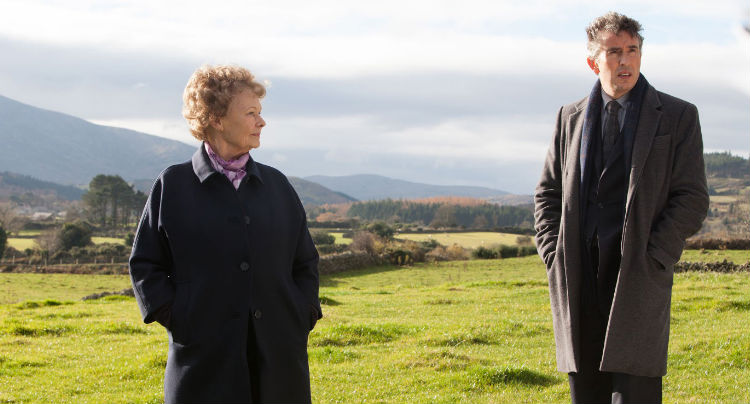

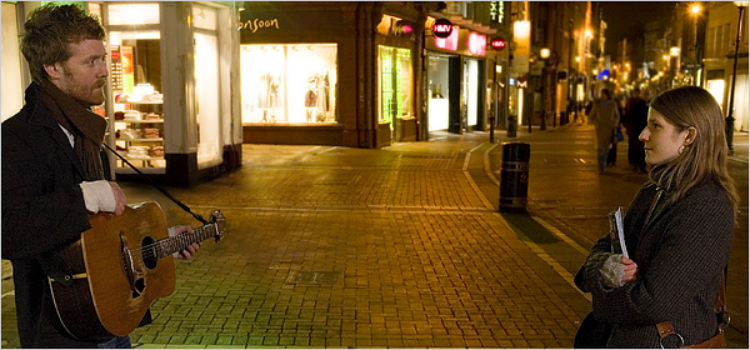
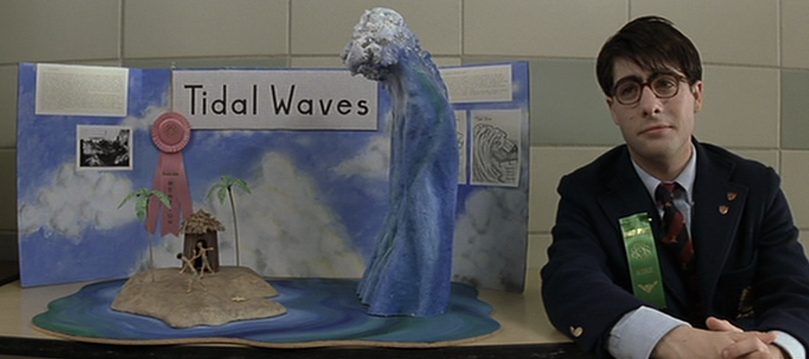
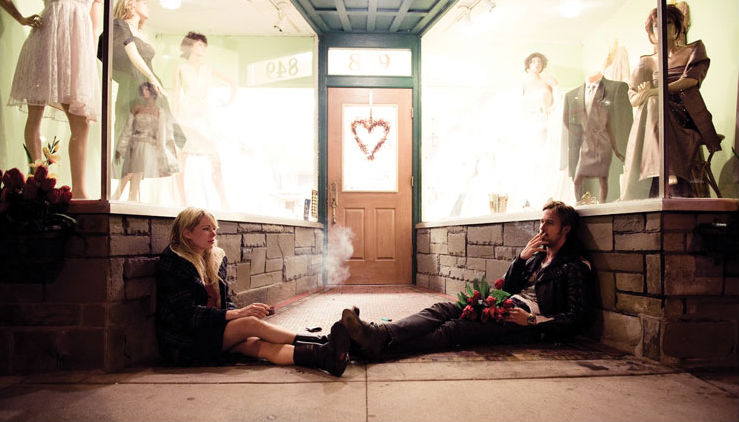
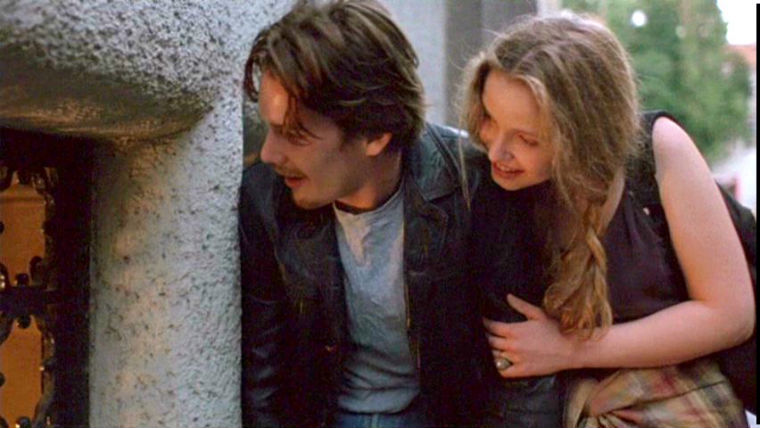
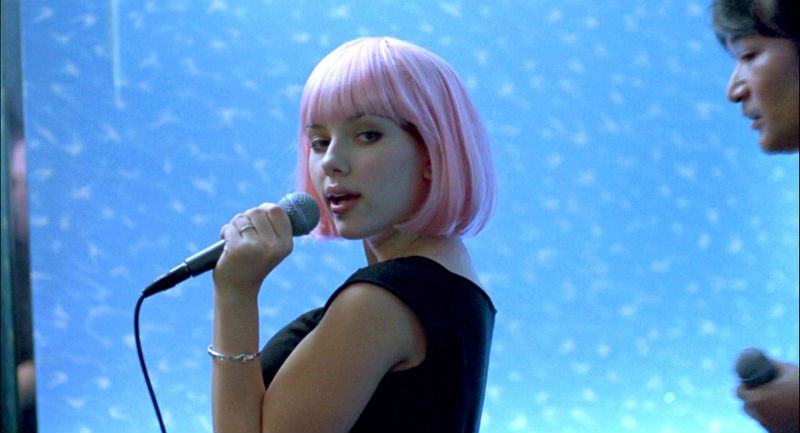
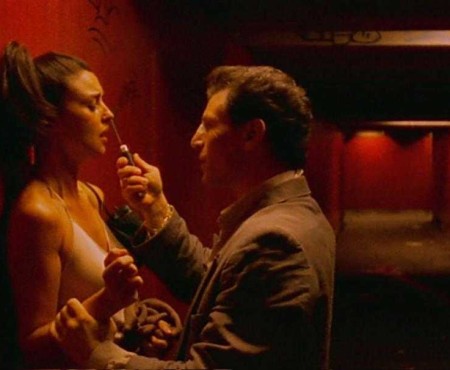
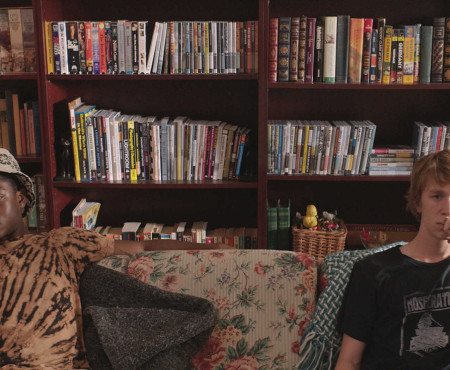
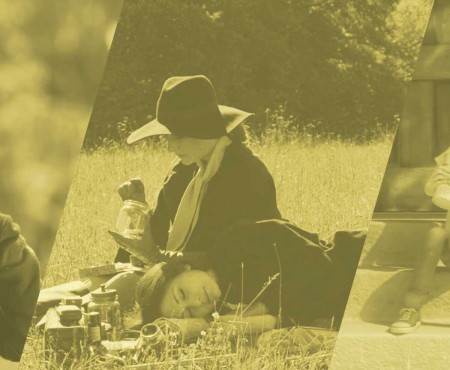
4 thoughts on “10 Films Mishandled by the MPAA”
Good list, but you didn’t mention any instances where the MPAA called something more child friendly than it actually is. Such as ‘Hunchback Of Notre Dame’ getting a G, or ‘ParaNorman’ getting a PG.
That’s a good point, the MPAA makes all kinds of absurd decisions, but this list was focused on films given harsher ratings than they deserved, barring younger people from being able to easily experience them.
The Mission getting a G seemed wholly wrong when my elementary school class was watching it.
Another fun addition: Escape From the Planet of the Apes was rated G despite the murder of a small ape child and the violent death of all the comic-relief characters.